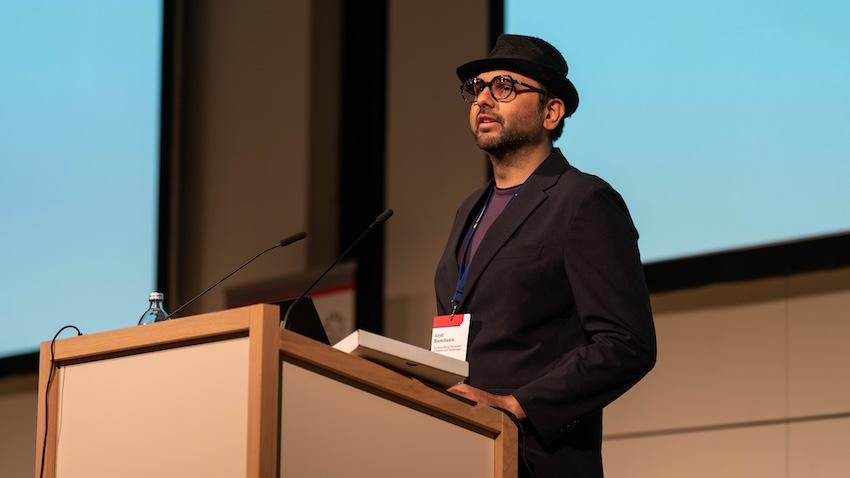
NSF Awards $1.7M to Foster AI Literacy Through Interactive Exhibits
The National Science Foundation has awarded a new $1.7 million grant to a Georgia Institute of Technology-led team to foster artificial intelligence (AI) literacy through interactive museum exhibits.
The grant will support the transition of previously-created AI prototypes into public-facing exhibits that spark creativity and collaboration in learning about artificial intelligence. The team will work with the Museum of Science and Industry in Chicago and The Findings Group to create and evaluate the exhibits.

The team includes Brian Magerko, professor in Georgia Tech’s School of Literature, Media, and Communication with a dual appointment in the School of Interactive Computing (IC); Jessica Roberts, assistant professor in the School of IC; and Duri Long, assistant professor in Communication Studies at Northwestern University. Long (HCC Ph.D. 21) previously was a research scientist and Ph.D. student in human-centered computing at Georgia Tech.
“We have this lucky opportunity to take these cool, unique AI-based experiences and put them under the microscope to help understand how to better design AI literacy interventions based in embodiment and creativity,” says Magerko. “The goal is to have exhibits that can be used in multiple places all over the world.”
[RELATED: Multimillion Dollar NSF Grant Will Help to Advance Online Learning]
The projects include LuminAI, an AI-based dance experience created by Magerko and his team that allows people to dance with an AI dancer performer via their shadows. LuminAI uses Microsoft Kinect videogame devices to capture the movements of a human dance partner and projects them as a silhouette onto a screen. The computer then uses artificial intelligence based on theories of dance and movement — called Viewpoints and Laban Movement Analysis — to determine how to match the human partner’s moves.
“Usually when you see AI exhibits, they’re very focused on robotics technology, hardware – the cool factor. But how we interact with the AI is very narrow. We’re really hoping to broaden people’s perception of what AI is and engage with them in a different and very human way that enables them to understand and reflect on the different aspects of AI technologies in a more meaningful way,” says Magerko.
Other projects developed during the height of the pandemic will be adapted for larger exhibits. They include Creature Features, a take-home project that teaches how to train neural networks, and Knowledge Net, an at-home project that allows students to “pre-program” an AI chatbot with knowledge.


